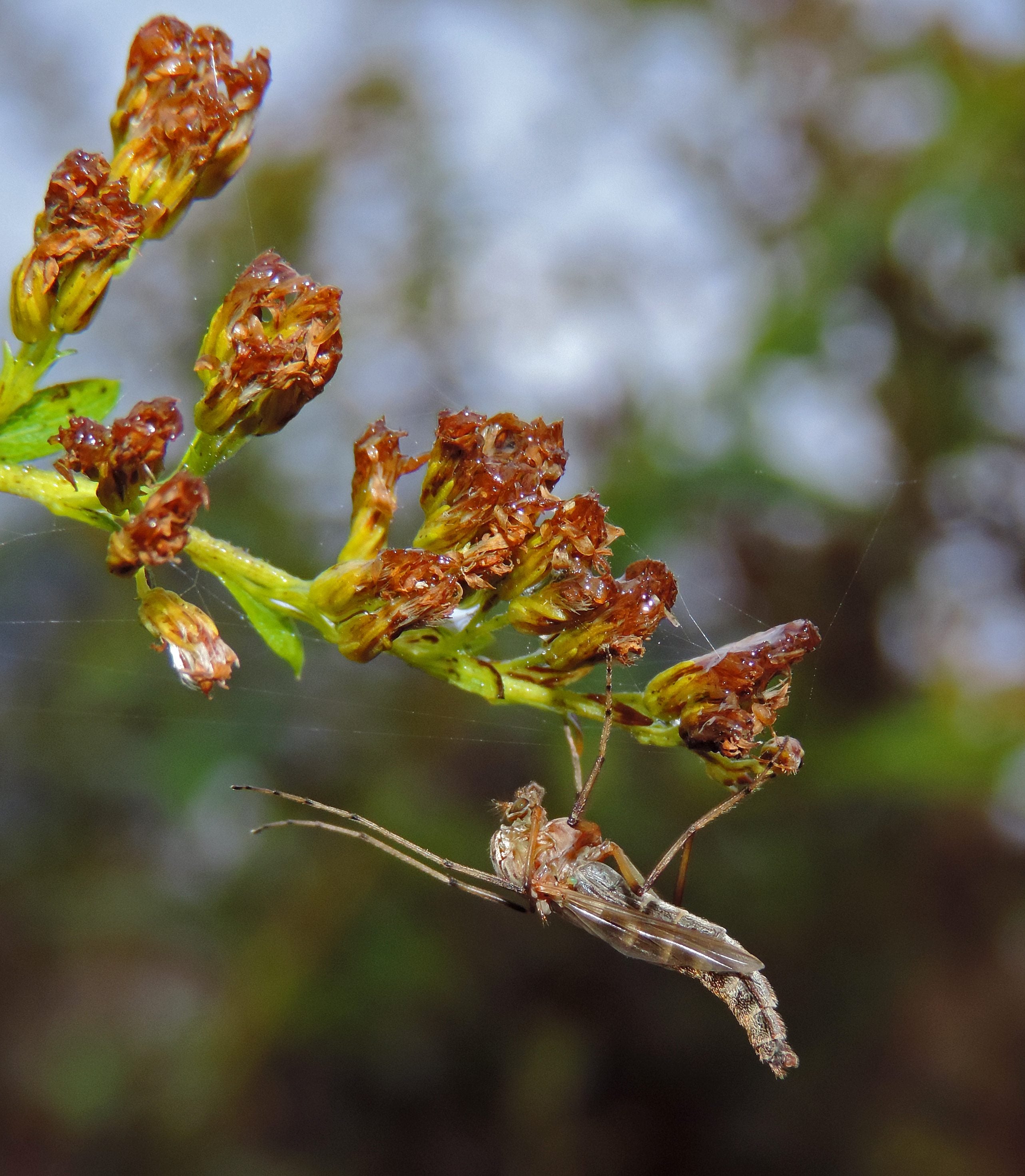Blossom Midge In Plants: How To Control Midge Pests In Flower Buds


Midges are tiny flies that have a big impact on your garden plants. They are destructive insects that can prevent flowers from blooming and form unsightly knots on plant stems and leaves. Read on for information on blossom midge control.
What is Blossom Midge?
There are over 100 species of midge (Contarinia spp.). Each species attacks a different type of plant or a small group of closely related plants. Some of the flowers affected by blossom or gall midge insects include:
They also attack vegetable crops including:
They aren't all bad guys though. Some species of Contarinia are beneficial insects, such as the aphid midge, which attacks aphids. Blossom midges are tiny flies, about the size of a gnat. You are unlikely to see the flies because of their size, so watch for the damage they cause. Midge larvae feed inside unopened flowers. This can result in misshapen flowers and damaged petals, or it may prevent the flower from ever opening. Unopened flowers may drop to the ground. The maggots of gall-forming species feed on plant tissue that swells around them. If you cut into the swollen masses or distortions (galls) you will find tiny, orange larva no more than one-twelfth inch (2 mm.) in length. The adult flies overwinter in the soil and emerge in the spring to lay their eggs in developing flower buds. Early blooming plants that are in the bud stage when the flies emerge are more susceptible to damage than late varieties. After the larva feed, they drop to the ground to pupate in the soil, later emerging as adults.
How to Control Midge Pests
Gall or blossom midges are hard to control with insecticides because the larvae are inside the galls or buds where the insecticide can't reach them. The best method of control is to remove the infested parts of the plants and pick up all of the buds or other plant parts that drop to the ground. Never compost the infested plant material. Instead, bag the waste securely and discard it.
Gardening tips, videos, info and more delivered right to your inbox!
Sign up for the Gardening Know How newsletter today and receive a free copy of our e-book "How to Grow Delicious Tomatoes".

Jackie Carroll has written over 500 articles for Gardening Know How on a wide range of topics.
-
 Never Plant Seedlings Until They Pass These 3 Simple Tests
Never Plant Seedlings Until They Pass These 3 Simple TestsDon't be over-eager to transplant seedlings into the garden before they are ready. These quick and easy checks will help ensure flourishing plants.
By Mary Ellen Ellis
-
 Grow ‘Karl Rosenfield’ Peony Plants For The Ultimate Frilly Border Beauties And Cut Flowers
Grow ‘Karl Rosenfield’ Peony Plants For The Ultimate Frilly Border Beauties And Cut FlowersFor frilly double magenta peony petals infused with a heady fragrance, grow ‘Karl Rosenfield’ peony plants. Here’s how to cultivate the ultimate plushy blooms
By Tonya Barnett